Pomeranian
Pomeranian is a bold, inquisitive, and lively dog breed that was favored for a long time by royals and commoners, and he's been called an ideal companion. These dogs are also called: Zwergspitz, dwarf spitz, Pom-dog, Pom-pom, and tumbleweed.
Because of his glorious coat, cute foxy face, and lively personality, this dog is one of the world's most popular dog breeds. They will form an extremely firm bond with one person in the house, but they will also be friendly to other members of the family and other people they meet outside.

Height:
6-7 in (15-18 cm)

Weight:
3-7 lb (1-3 kg)

Origin:
Germany

Life Expectancy:
12-16 years
Dog Breed Characteristics
They have pricked ears, a foxy face, a thick coat, and curled tail.
Coat
Pomeranian's most distinguishing feature is his thick, double coat with a soft, fluffy undercoat. They come in any color or pattern you can imagine in dogs. Early Poms were primarily white, black, chocolate, or blue, but after an orange dog began winning at dog shows in the 1920s, the range of colors expanded.

Today, the most common colors are orange or red. Because of their long, fluffy hair, they shed a lot. To keep shedding under control, brush your dog regularly, at least twice a week. Brushing will keep your dog's hair clean, shiny, and free of mats and/or tangles. Trim your dog's nails regularly and brush their teeth.
Grooming
It is highly recommended that you find a groomer to do a full groom—including bath, brushing, ears, nails, and anal glands—every four to six weeks if you are not comfortable with doing this at home. You should also pay close attention to the Pom’s teeth. It is a good idea to brush their teeth during their weekly grooming session.
Behavior
These dogs are friendly, extroverted dogs. They enjoy meeting new people and usually get along with other animals. But, the important thing to say about Pomeranians is that most of them just don't realize how small they are and will often tackle large dogs or at least verbally threaten them.
They should be trained to walk on a leash. Consistency and patience is the key to these dogs. The very important thing you should watch and never allow your dog is jumping on and off the couch because he could easily hurt himself (injure joints or even break a bone).
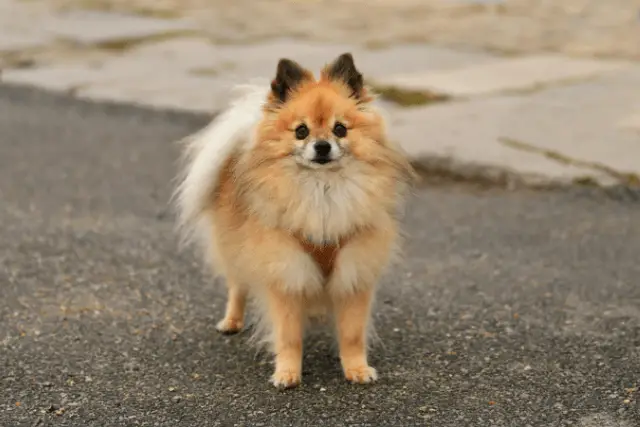
They are highly intelligent dog breeds, and they excel in many dog activities, such as agility, obedience, and rallying. They are eager to learn new things, and because of that, they are easy to train. Sometimes they can be unpredictable, and like any other dog, they need early socialization.
Expose your dog to many different things, sights, and sounds while he's young so he will grow into a well-rounded dog. This dog doesn’t like to be left alone for a longer period because they can suffer from separation anxiety and that means they are not the best choice for people who spend most of their time outside the house.
Exercise
These are active little dogs that do need moderate daily exercise. They will enjoy long walks, but keep in mind that they are small and sensitive to both heat and humidity. You need to pay attention during your walks so that they don't become overheated.
Also, while you are outside with your Pom, you should watch out for predators. Pomeranians can be perceived as prey by owls, eagles, hawks, coyotes, and other wild animals. Hunting animals are not the only one causing problems for Pomeranian owners. Because of their small size and attractive looks, Poms are targets for so-called dognappers.
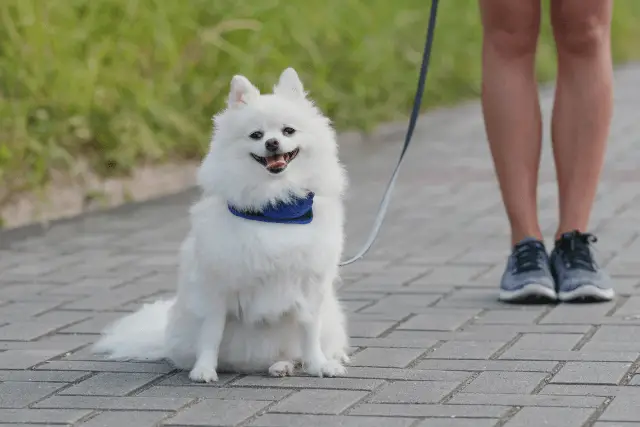
These dogs love to play and are very active indoors, too, so make sure they have a lot of toys to keep them busy because they can get bored easily.
These dogs don't require a lot of exercise, but you must be careful while your dog is young. You shouldn't overexercise your Pomeranian puppy because of its joints and bones. They are still growing, and if you give them too much exercise while they are young, there is a risk that you are putting too much pressure on their joints and bones, and there is a greater possibility that your dog will develop some serious health problems later in life.
Pomeranians and kids
Pomeranians get along well with children, but only with children who can play with a tiny dog. They are too delicate to be handled roughly, so they prefer the company of adults. They aren't an overly dependent breed, so they are perfect for busy people.
They love to play, but you must be very careful during playtime because this dog is so fragile. Many Pomeranian breeders will not sell their puppies to a family that has a small child because he knows that there is a great possibility that the dog gonna be hurt.
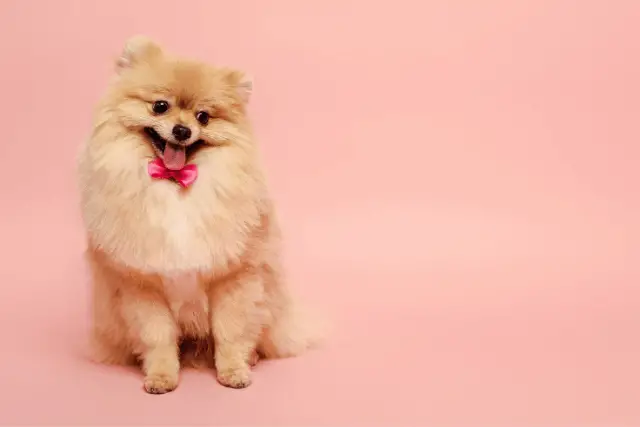
Before allowing playtime, teach your kids how to properly approach and ply with the dog. Never allow them to pick up and carry the dog around because if they slip them out of hand, he will get injured. A very important thing is that you should always supervise playtime so you can be sure that the dog will not get hurt.
Other pets
These dogs can get along with other pets, especially if they are raised together. You need to protect them from bigger dogs because most of the dogs who have higher prey drive will look at your dog as prey. Also, in most cases, these dogs don’t realize how small they are and will sometimes challenge bigger dogs.
FUN FACT: Only three dogs survived the sinking of the Titanic in 1912. Two of these three dogs were Pomeranians. One of them was the pet of Elizabeth Barrett Rothschild, who escaped in lifeboat number six. The other was a Pomeranian called Lady who was owned, who escaped with her owner Miss Margaret Hays in lifeboat number seven.
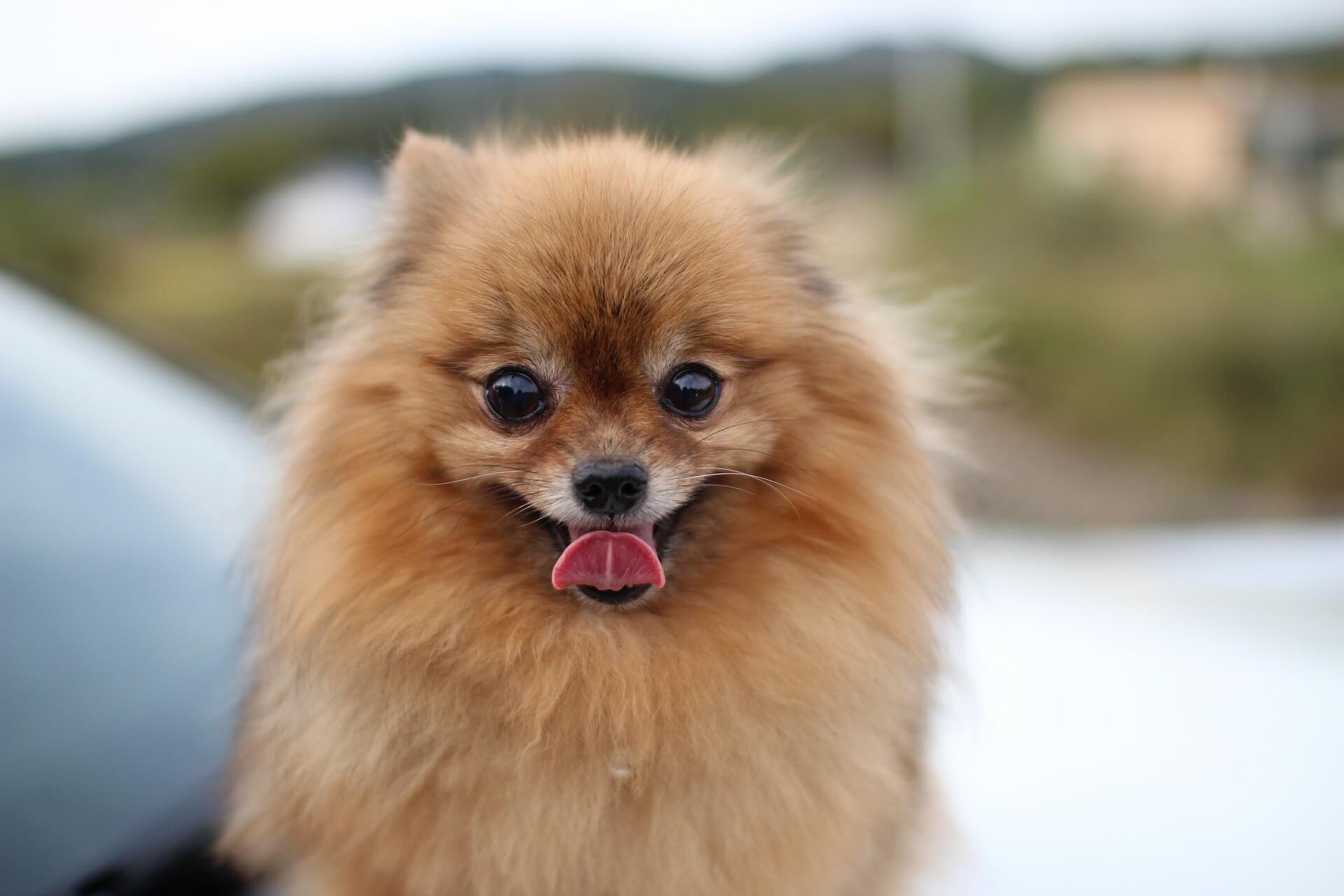
They are known for being cute, intelligent, lively, mischievous, and loyal. These dogs love to be the center of attention, but they can become dominant, willful, and stubborn if not well-trained and socialized. Pomeranians need to see their owners as a boss, or they will become very demanding.
They love to learn new things and tricks and perform, but they have a short attention span, so keep training sessions brief and fun. Pomeranians can be difficult to housetrain. They can be stubborn about going outside to do their business, especially if it’s rainy or cold outside.
FUN FACT: Poms make excellent therapy dogs.
Pomeranian barking
They make excellent watchdogs and can be prone to excessive barking. Pomeranians often are suspicious of strangers and can bark a lot. They have a high-pitched bark and can bark all day long, so it is of crucial significance to teach them to stop barking on command.
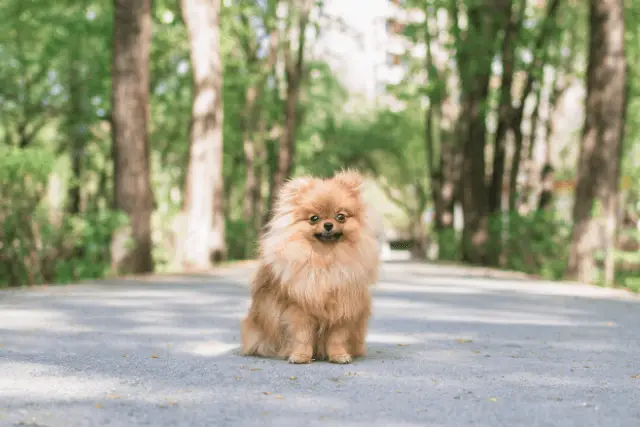
FUN FACT: Internet sensation Boo is a Pomeranian.
Health issues
These dogs have one of the longest life expectancies of all the dog breeds, as they can live for around 16 years. Although generally healthy, in those 16 years, a Pomeranian can develop some health conditions.
Some problems often seen in these dogs are a condition called Alopecia X or „black skin disease. “ This is a genetic disorder that leads to their skin turning black and losing their hair; luxating patella, which is dislocation of the kneecap, or tracheal collapse, which is a condition in which the trachea, which carries air to the lungs, tends to collapse easily.

The most common symptom of tracheal collapse is chronic and dry cough. Other health problems Pomeranians are prone to are a hip problem called Legg-Calve-Perthes disease, allergies ranging from contact allergies to food allergies, epilepsy, eye problems, dental problems, etc.
Always it's advised to find a good breeder who will show you the health certificates of his breeding dogs. I the breeder is testing his breeding dogs, there is a lower possibility that the puppies will end up with hereditary diseases.
There are a few recommended health tests that you can perform on your dog to be sure that he is healthy:
- patella evaluation,
- cardiac exam,
- ophthalmologist evaluation.
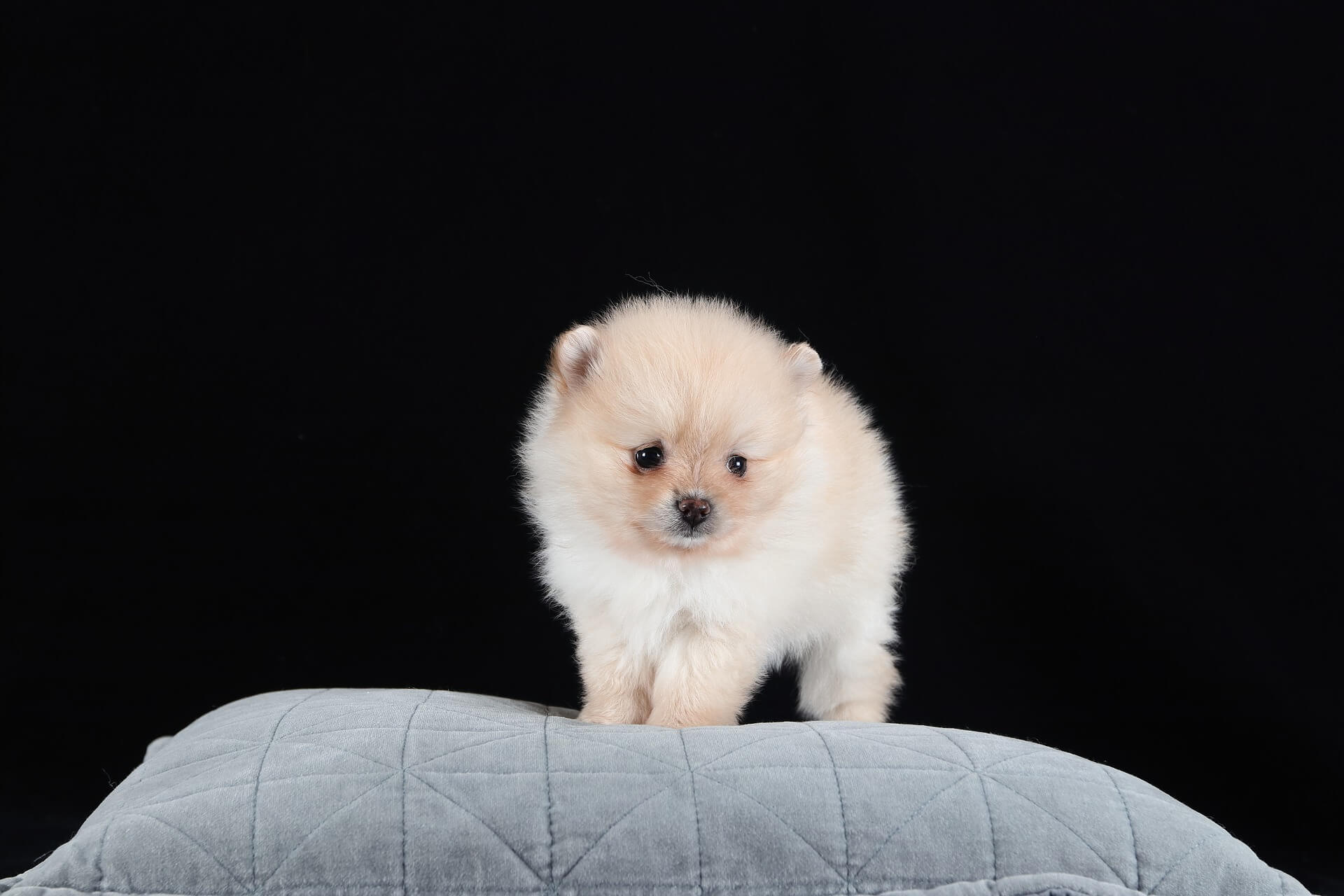
FUN FACT: Many important historical personalities, such as Martin Luther, Michelangelo, and Mozart (who even dedicated an aria to his beloved dog), owned a Pomeranian.
Pomeranian breeders
Suppose you decided that this is the right dog breed for you; now it's time to find good and responsible Pom breeders. You must be very careful when searching for good breeders. Never buy a dog from a pet store or a puppy mill breeder.
On the World Dog Finder website, you can find only official Pomeranian breeders that are registered in the kennel association of their county. What that means is that you will get all the necessary papers for the dog, and that means there is a low risk that your future dog will develop some serious health problems.
After you choose a few breeders, contact them and ask all the questions you are interested in. Many Pom breeders will also ask you a lot of questions to find out more about your lifestyle and also whether you are good enough for their puppy. Don’t be surprised if the breed refuses to sell you the dog.
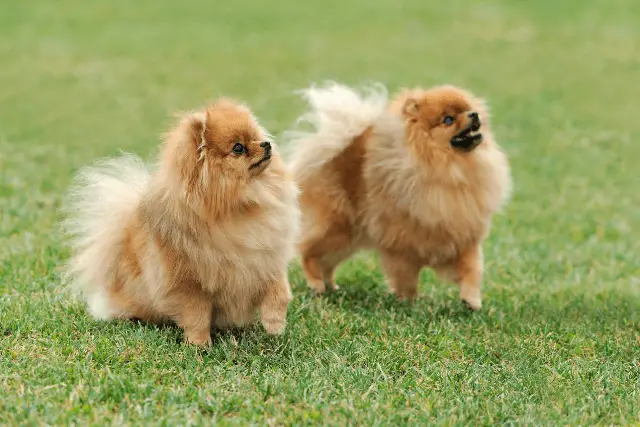
The most important thing for them is to find a good home for their dogs, so if he senses that something is strange, most probably he will not sell you the dog. Also, like we already said earlier very important factor is kids. If you have a small child at home, be prepared for a situation where the breeder will not sell you the puppy.
Pomeranians are very fragile, and if you get one, take your time and devote yourself to your dog so that both of you will be happy.
World Dog Finder team

Updated at31.08.2023.
Breed History
The Pomeranian (or simply the Pom) is a small, toy-sized dog developed in the province of Pomerania (the area of northeastern Europe that is now part of Poland and western Germany) from the ancient Spitz breeds of the northern countries. Pomeranians are the tiniest of the Spitz.
Their relatives (the Norwegian Elkhound, the Schipperke, the German Spitz, the American Eskimo Dog, and the Samoyed) were bred to guard homes, pull sleds and protect livestock. Throughout their history, Pomeranians have decreased in size and are now much smaller than their ancestors. Today, the Pomeranian is cared for as a pet and companion because of its size.
In the early day, these dogs were extremely popular. Many famous and notable people owned this dog, including Martin Luther, Michelangelo (while he was painting the ceiling of the Sistine Chapel, his dog sat on the pillow and watched him), Isaac Newton, Mozart, etc.
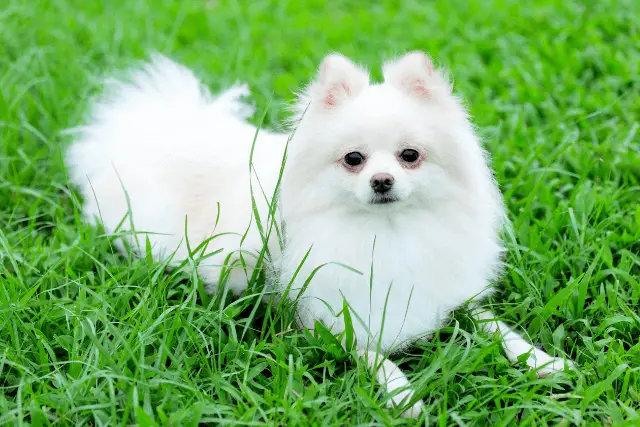
FUN FACT: Queen Victoria fell in love with this breed in 1888 while vacationing in Florence, Italy. She brought one home with her, and the breed became extremely popular in Great Britain. After that, the popularity of this breed just kept growing. Queen Victoria became a breeder and started exhibiting her Poms. One of her favorites, called Windsor Marco, won first place in the breed.
English dog fanciers were inspired by Victoria's love of the Pomeranians that they began with breeding smaller Poms. In the time from 1900 until the 1930s, Cruft's dog show had the most Pomerian entries. During that period, the breed standard was set with the size and coat varieties as we know it today. After the Poms began to win at a dog show, the number of their coat colors began to expand (in the beginning, they were mostly white, black, blue, and chocolate).
The first Pomeranian that entered AKC studbook was a dog named Dick. AKC recognized this dog breed in 1900, and with that, this dog became massively popular across the country, and it remains very popular to this day.
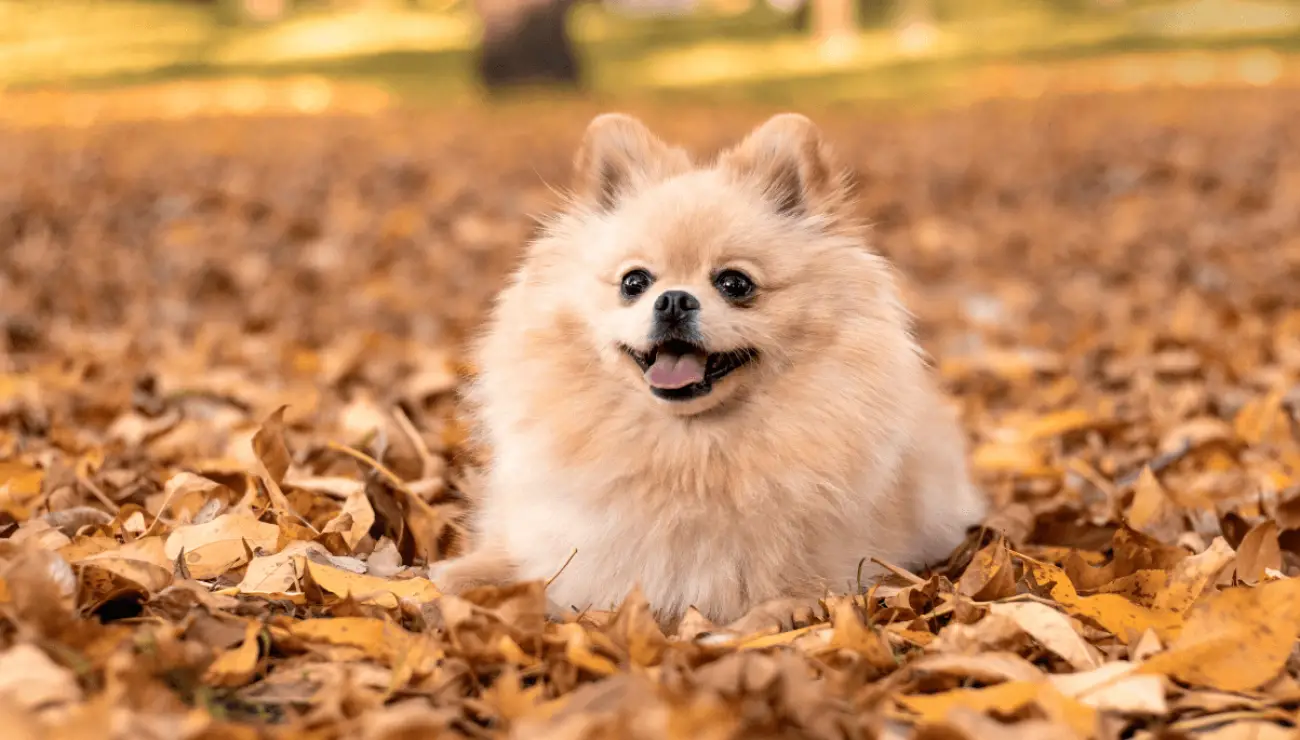
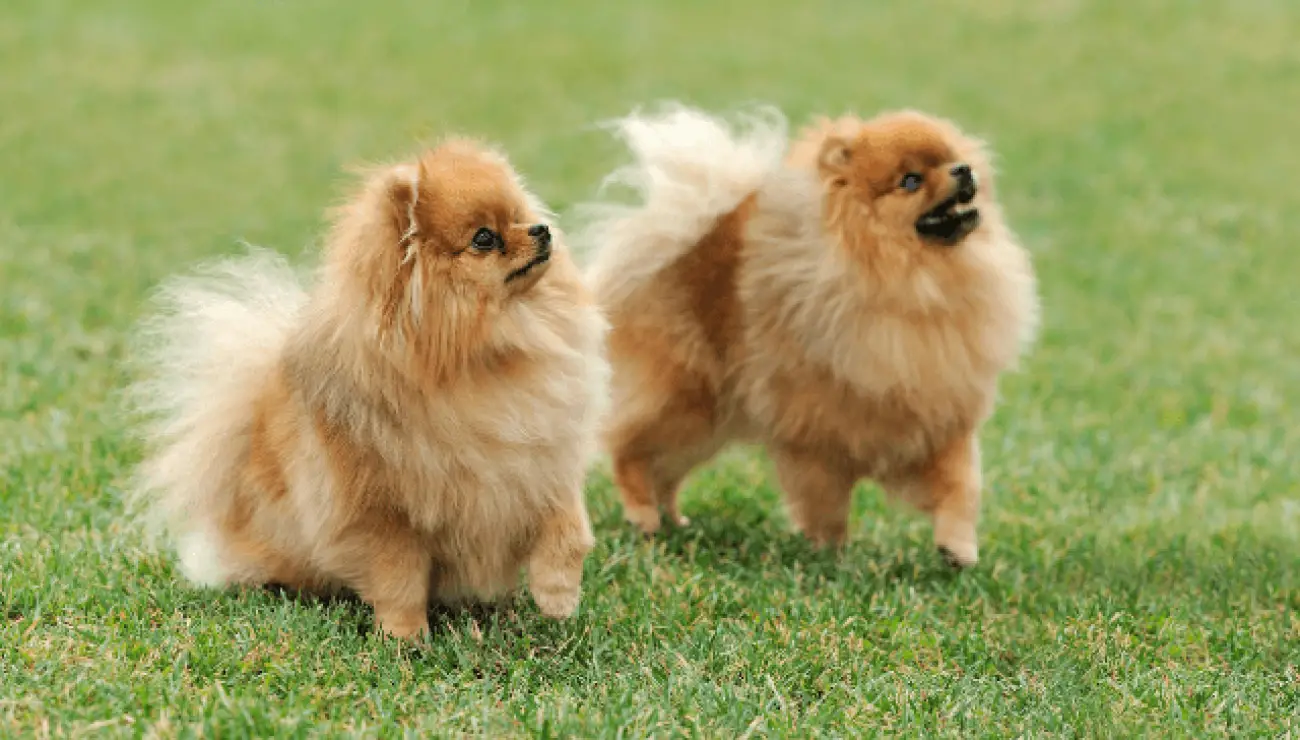
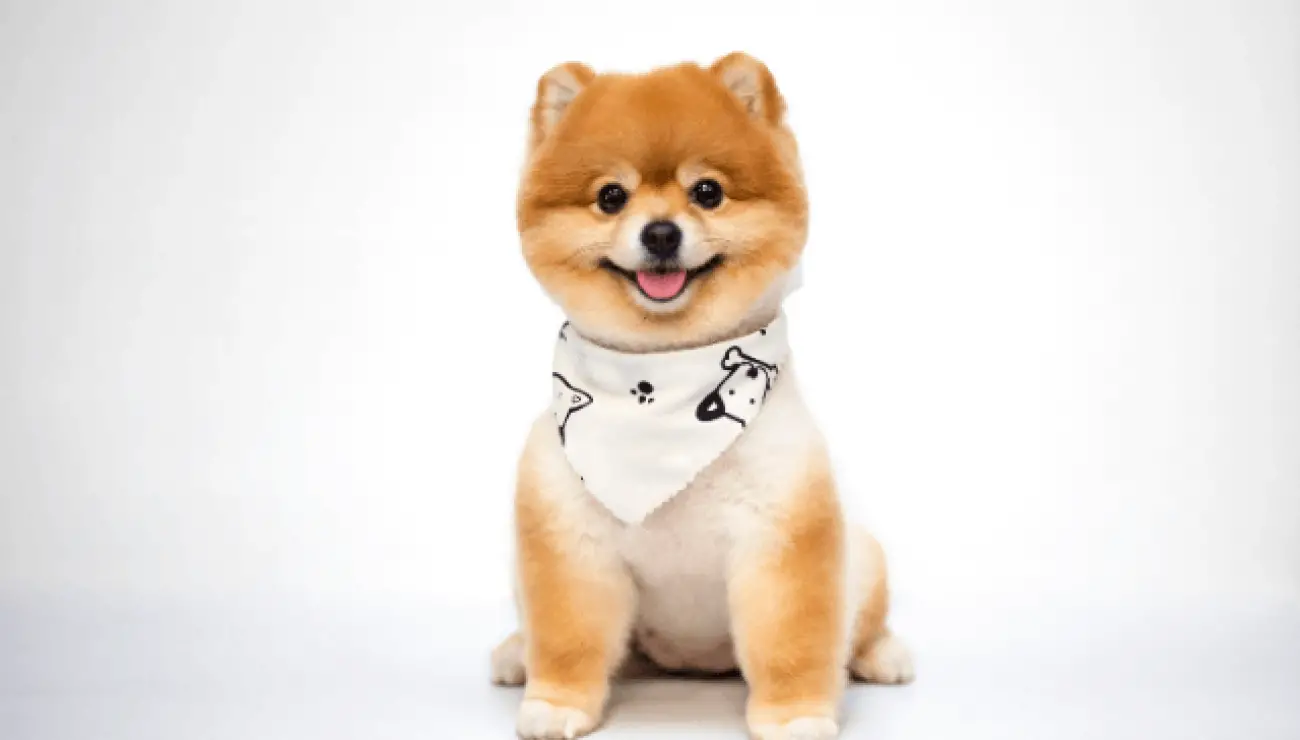
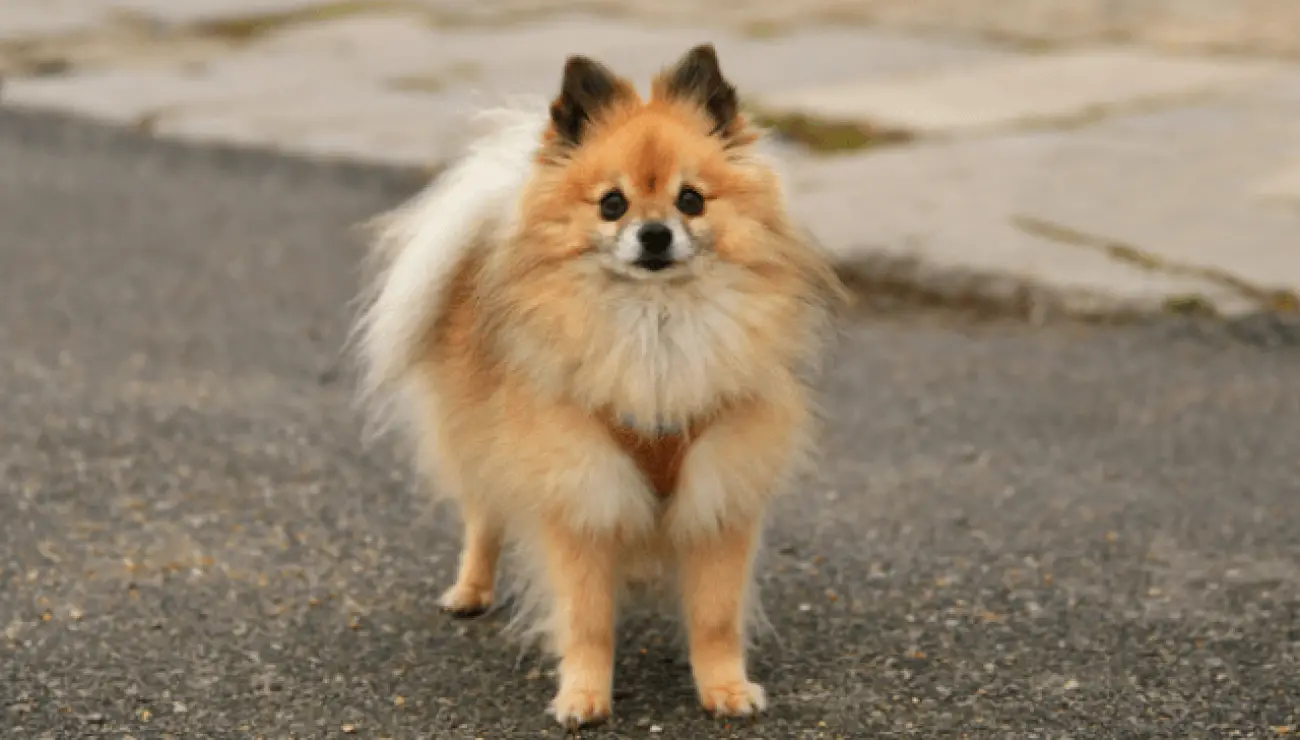
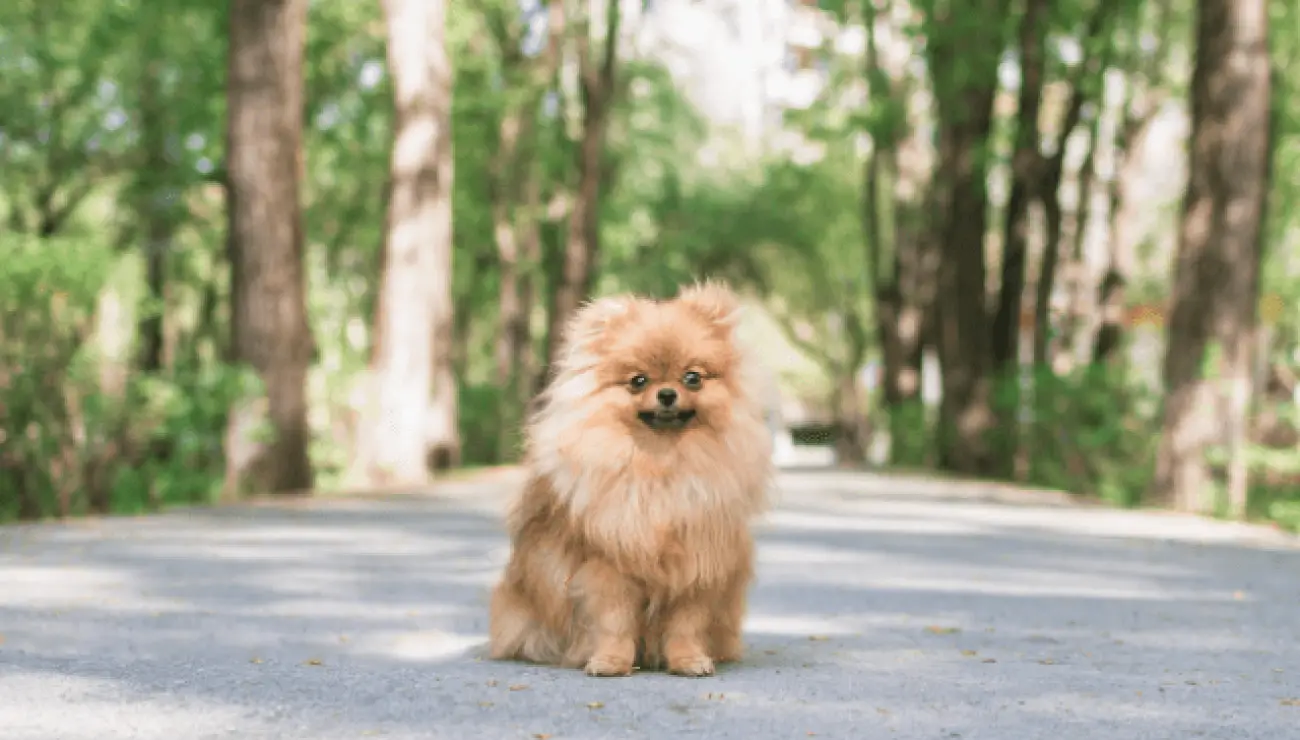
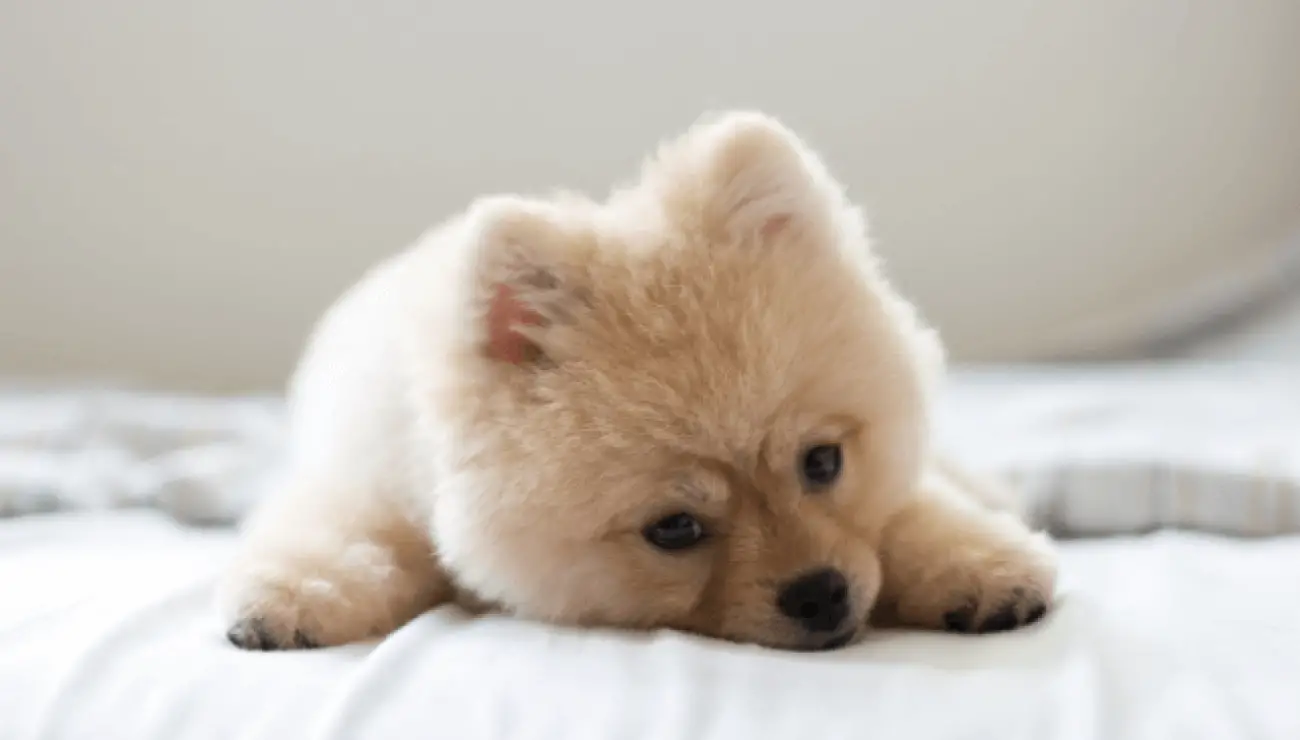
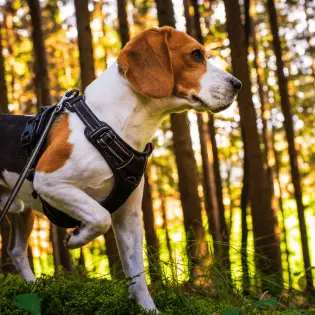

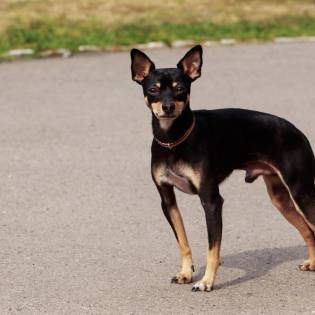
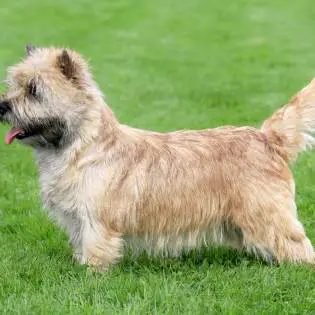

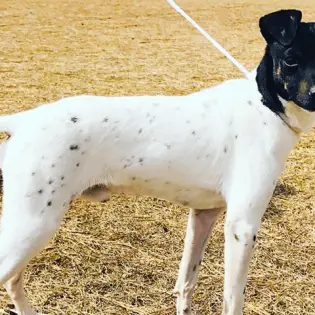
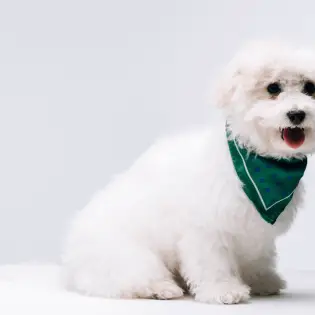

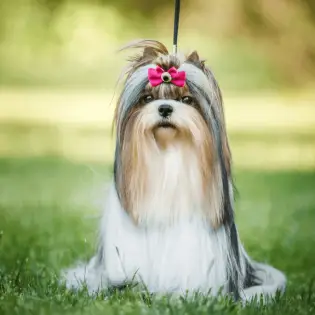


Share